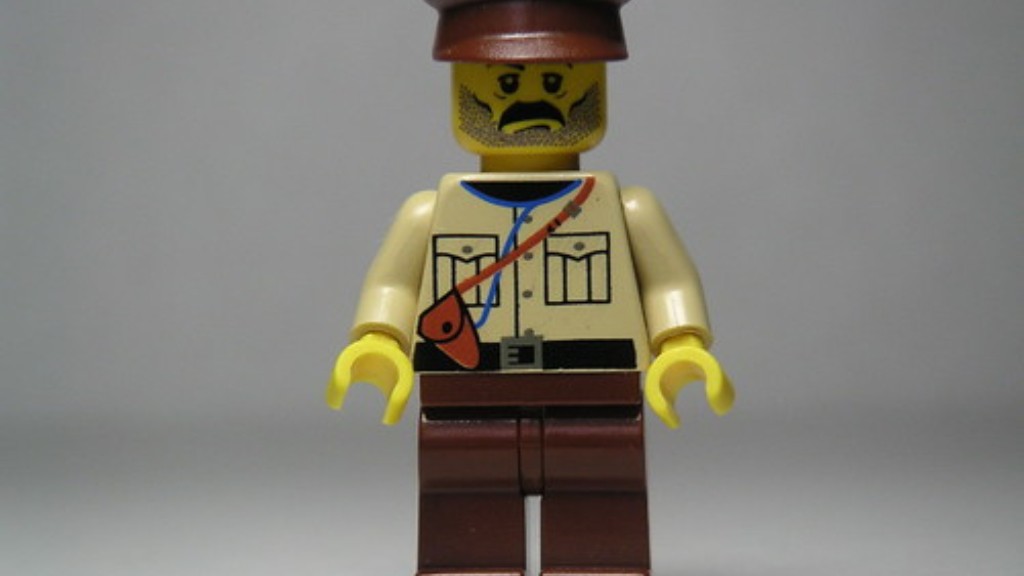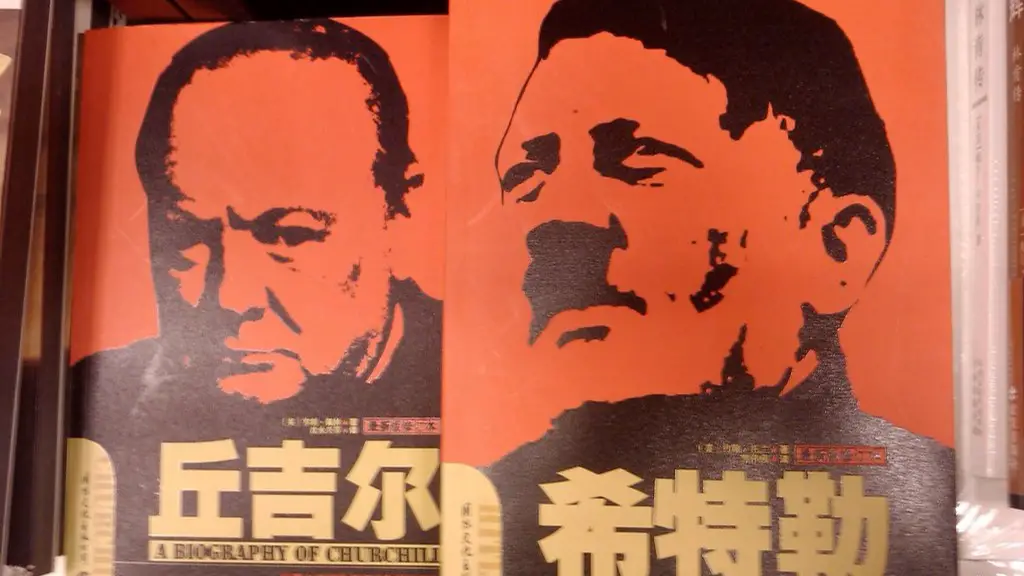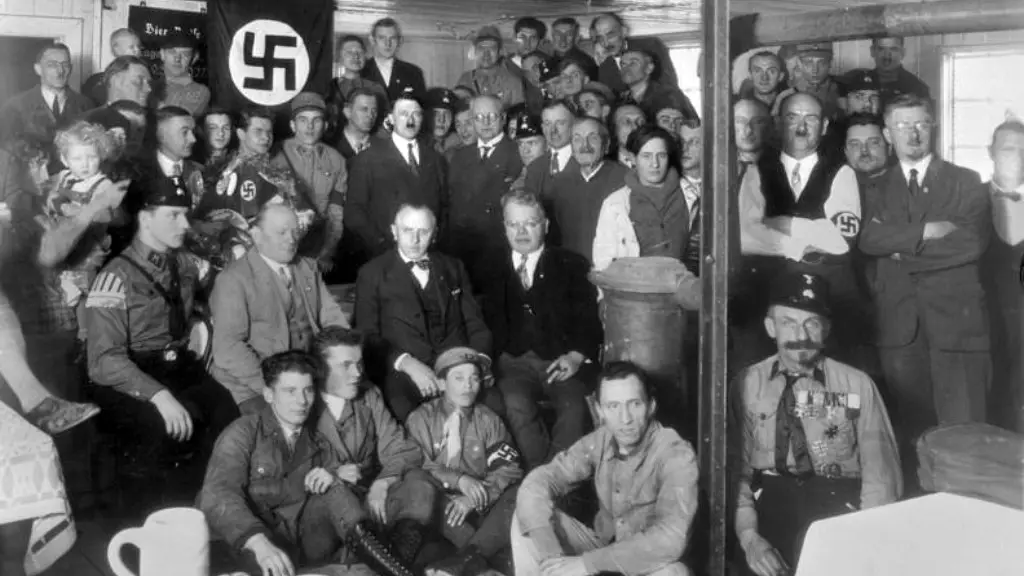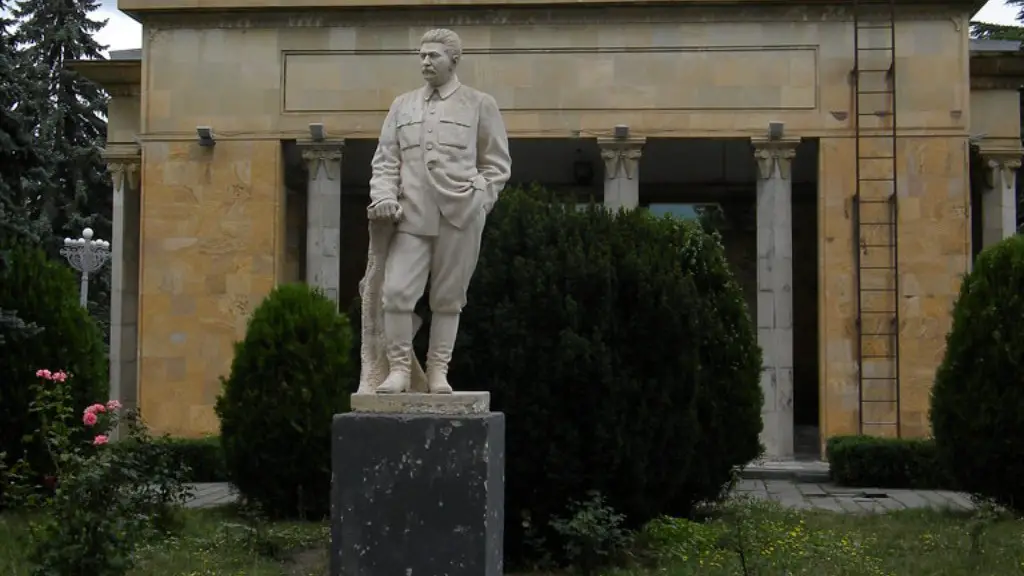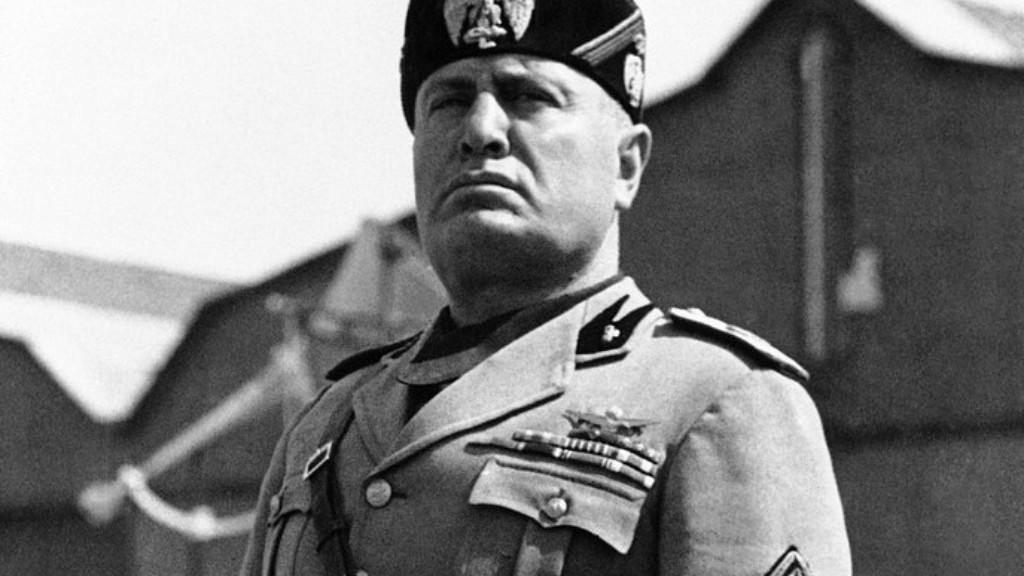Joseph Stalin was a Soviet revolutionary and leader who governed the Soviet Union from 1927 until 1953. Stalin’s government was marked by totalitarianism, a single-party dictatorship, state terrorism, and rapid industrialization. Under Stalin, the Soviet Union was transformed from a largely agrarian society into an industrial and military superpower. However, Stalin’s rule was also characterized by widespread human rights abuses, including the forced collectivization of agriculture, the Great Purge of the 1930s, and the Gulag system of forced labor camps. Stalin’s government also engaged in foreign adventurism, including the Invasion of Poland in 1939 and the Invasion of Finland in 1940. These actions helped contribute to the outbreak of World War II. After the war, Stalin’s government oversaw the occupations of Eastern Europe and the development of the Soviet atomic bomb. Stalin’s legacy remains a controversial one, with some praising him as a decisive and effective leader and others condemning him as a tyrant.
Joseph Stalin’s impact on future governments was primarily negative. His ruthless dictatorship and paranoid style of rule led to the suppression of individual rights and dissent, as well as widespread human rights abuses. These policies contributed to the further entrenchment of communism in the Soviet Union and other communist countries, and made it more difficult for reformers to institute democratic reforms.
How did Joseph Stalin change the government?
The Great Purge was a campaign of political repression in the Soviet Union which occurred from 1936 to 1938. It involved a large-scale purge of the Communist Party and government officials, as well as the military, and was ordered by Soviet leader Joseph Stalin. The stated purpose of the purge was to eliminate opposition to the Soviet government and to strengthen the country’s defences against foreign and internal enemies. However, it is widely believed that the true purpose of the purge was to consolidate Stalin’s grip on power.
Over a million people were arrested and at least 700,000 were executed during the Great Purge. The vast majority of those who were arrested were ordinary citizens who were accused of being “enemies of the working class”. The purge was also directed at the Communist Party itself, and many party officials were purged.
The Great Purge had a devastating effect on the Soviet Union. It destroyed the country’s economic and military potential, and left it politically and socially unstable. It also contributed to the development of the cult of personality around Stalin, and made him even more feared and respected by the people of the Soviet Union.
Stalin was a Bolshevik operative in the Caucasus before his exile in Siberia. He was responsible for organizing cells, spreading propaganda, and raising money through criminal activities. Stalin earned a place in Lenin’s inner circle and the highest echelons of the Bolshevik hierarchy.
How did Joseph Stalin impact the Russian revolution
After being elected to the Bolshevik Central Committee in April 1917, Stalin helped Lenin to evade capture by authorities and ordered the besieged Bolsheviks to surrender to avoid a bloodbath. The Bolsheviks then seized Petrograd and Stalin was appointed People’s Commissar for Nationalities’ Affairs.
The First Five-Year Plan called for the collectivization of agriculture and the expansion of heavy industry, like fuel extraction, energy generation, and steel production. This policy was based on a cycle of Five-Year Plans that Stalin introduced in 1928. The Five-Year Plans were designed to rapidly transform the Soviet Union into a modern industrial society.
How did Stalin change the government and the economy of the Soviet Union quizlet?
Stalin changed the government and the economy of the Soviet Union in a number of ways. He encouraged Soviet farmers to combine their small family farms into huge collective farms owned and run by the state. This had the effect of increasing agricultural production and making the Soviet Union more self-sufficient. He also changed the government to his liking through a series of purges, which eliminated potential rivals and consolidated his power.
The dictator’s administrative machinery was very efficient in controlling the population. It was based on the interlinking of the Communist Party, ministries, legislative bodies, trade unions, political police, and armed forces. This system of control was very effective in keeping the population in line.
Why is Joseph Stalin important in Russian history?
Joseph Stalin was the dictator of the Union of Soviet Socialist Republics (USSR) from 1929 to 1953. Under Stalin, the Soviet Union was transformed from a peasant society into an industrial and military superpower. However, he ruled by terror, and millions of his own citizens died during his brutal reign.
The First Five-Year Plan was adopted by the party in 1928 and called for rapid industrialization of the economy, with an emphasis on heavy industry. It set goals that were unrealistic—a 250 percent increase in overall industrial development and a 330 percent expansion in heavy industry alone. The plan was not successful in meeting its goals and caused widespread hardships, particularly in the countryside where collectivization of agriculture was enforced.
What impact did Joseph Stalin have on the Cold War
Stalin’s mistrust of Western governments, his insincere negotiations at the end of World War II, and his determination to expand Soviet communism into eastern Europe were significant causes of the Cold War. Stalin’s policies of collectivization and industrialization in the Soviet Union led to the country’s isolation from the West, and his paranoid personality traits led him to see enemies everywhere. This mistrust extended to the Western powers, whom he saw as plotting to undermine the Soviet Union. At the same time, Stalin was determined to spread communism to other countries, which alarmed the West and led to the development of the Cold War.
Stalin’s economic policies were a disaster for the Soviet people. The policies were so badly managed that any growth was small in comparison to the targets set by the government. As a result, the population suffered greatly under Stalin’s rule.
How did Stalin control the economy?
A command economy is an economic system in which the government makes all economic decisions. This was implemented by Stalin in the Soviet Union as a way to take total control of the country. Under a command economy, the government owns all businesses and production, and sets prices and production levels. This can be contrasted with a free market economy, in which businesses and individuals make their own economic decisions.
Stalin was one of the most influential leaders in the history of the Soviet Union. He oversaw the industrialization of the country and the collectivization of its agriculture. He also consolidated his position through police terror and extended Soviet control to a number of eastern European states. Stalin helped to defeat Germany in World War II and played a significant role in the postwar era.
What were the changes introduced by Stalin in the Russian economy
Joseph Stalin was the leader of the Soviet Union from the mid-1920s until his death in 1953. He was born in Georgia in 1878 and was raised in a poverty-stricken family. Stalin became a revolutionary in his teens and was exiled to Siberia for his activities. He eventually returned to Russia and became one of the most important figures in the Bolshevik Party. Stalin was a close ally of Vladimir Lenin, and after Lenin’s death in 1924, Stalin emerged as the leader of the USSR.
Stalin was a ruthless leader who was willing to use force to get what he wanted. He scrapped Lenin’s 1921 New Economic Policy and introduced ‘Five Year Plans’ to transform the agrarian soviet economy into an industrialized economy. He also collectivized farms and developed secret police forces to control the population. Stalin was a controversial figure, and his rule was marked by widespread repression and human rights abuses.
No matter how you look at it, Stalin’s Five Year Plan was a resounding success. Through this plan, Stalin’s efforts to bring more people into the industry was successful, thus allowing the number of workers of double, resulting in massive increases in the production of capital goods. This then enabled the USSR to become one of the world’s greatest industrial powers. The fact that the USSR was able to achieve this in such a short amount of time is a testament to Stalin’s vision and leadership.
What impact did Joseph Stalin have on World War Two?
While Hitler and the Nazi regime were the main architects and perpetrators of the Holocaust and other war crimes during World War II, Stalin and the Soviet Union played a significant role in the conflict as well. In August 1939, after first attempting to form an anti-Hitler alliance with the Western powers, he concluded a pact with Hitler, which encouraged the German dictator to attack Poland and begin World War II. Stalin also invaded Poland from the east, effectively partitioning the country between the two dictators.
Stalin’s role in the war changed once Hitler broke the pact and invaded the Soviet Union in 1941. Now an ally of the Western powers, Stalin worked closely with Franklin Roosevelt and Winston Churchill to defeat the Nazis. His main contribution to the Allied victory was the Red Army, which served as the main fighting force against the Nazis on the Eastern Front. The Red Army suffered immense casualties – it is estimated that over 20 million Soviet soldiers and civilians died during the war – but ultimately helped wear down the Nazi war machine and allowed the Allies to achieve victory in 1945.
Stalin was the leader of the Soviet Union in the early years of the Cold War and played a significant role in Cold War events such as the Berlin Blockade and the Korean War. This was significant because it saw Joseph Stalin face off against the United States. Stalin’s leadership during the early years of the Cold War was characterized by his hardline stance against the West, which often put him at odds with the more moderate policies of his successor, Nikita Khrushchev.
Warp Up
Joseph Stalin’s impact on future government can be seen in a number of ways. First, his handling of the Soviet Union’s economy led to a period of unprecedented growth and industrialization. This, in turn, set the stage for the country’s transformation into a superpower. Furthermore, Stalin’s draconian measures in dealing with political opponents and real or perceived enemies helped create an atmosphere of fear and intimidation that has been used by subsequent leaders in Russia and other countries to consolidate power and control the populace.
Joseph Stalin was one of the most influential figures in government. His policies and actions led to improvements in many areas of government, including the economy, education, and healthcare. He also helped to create a more efficient and organized government. Stalin’s legacy continues to influence governments around the world today.
